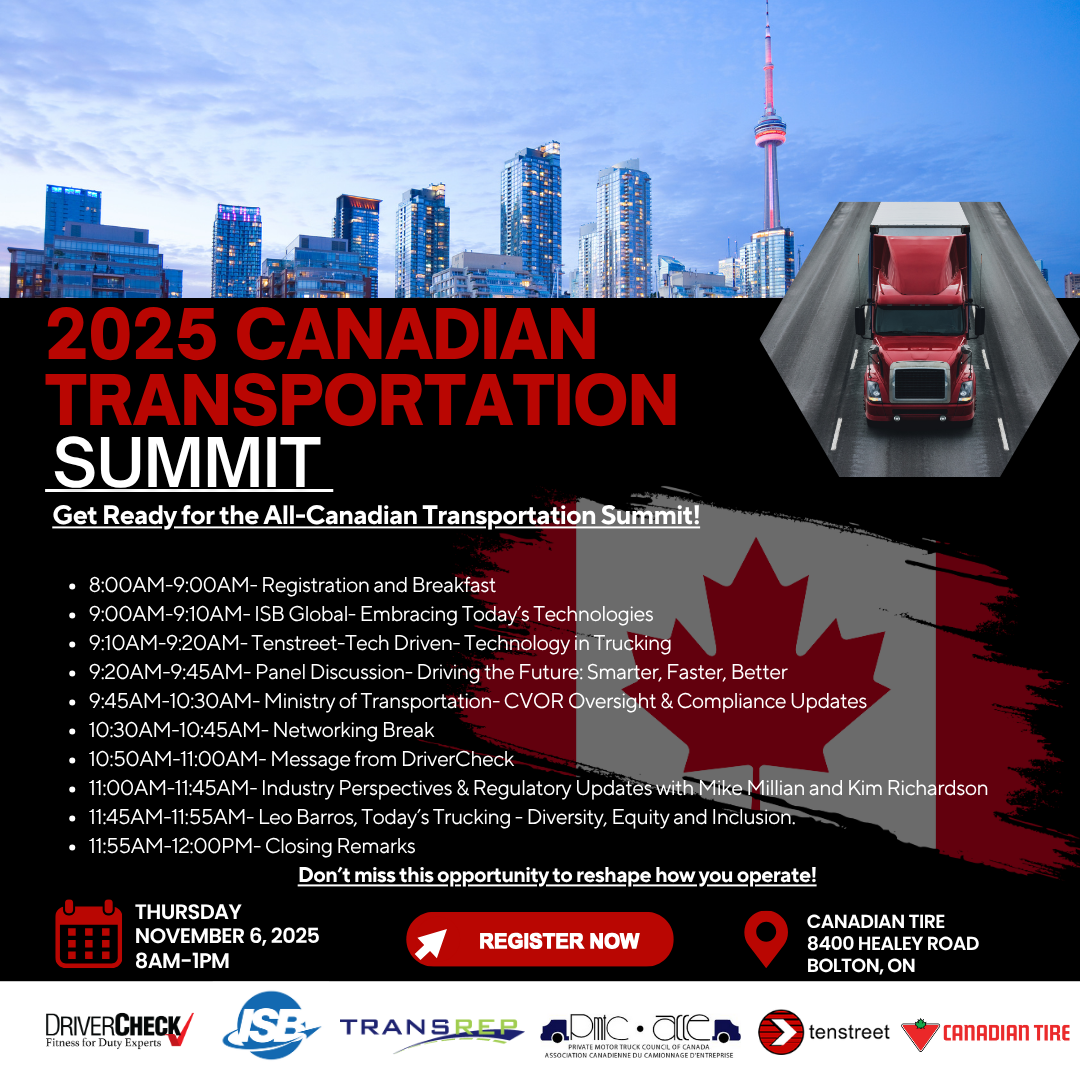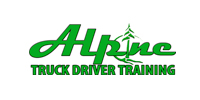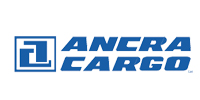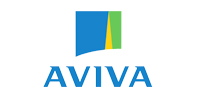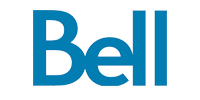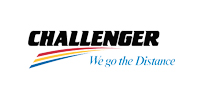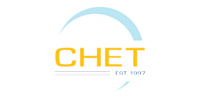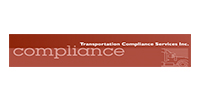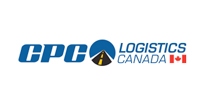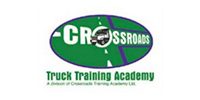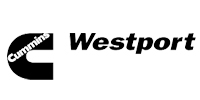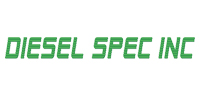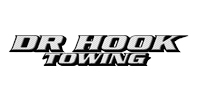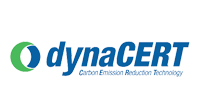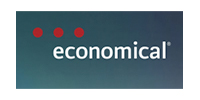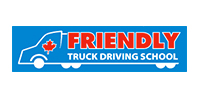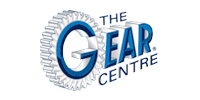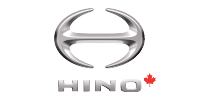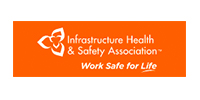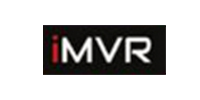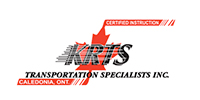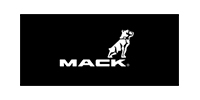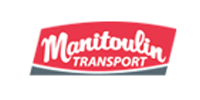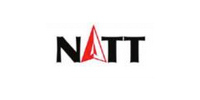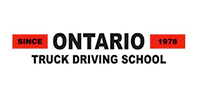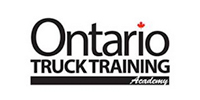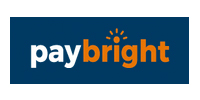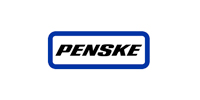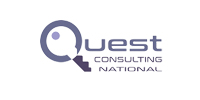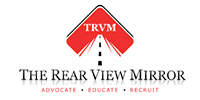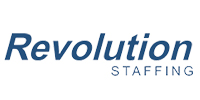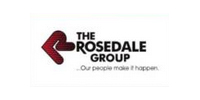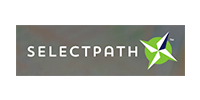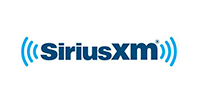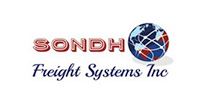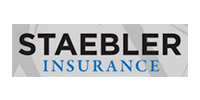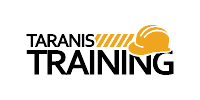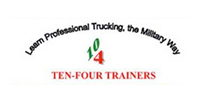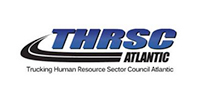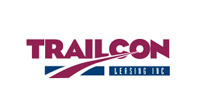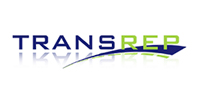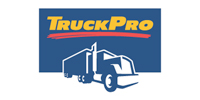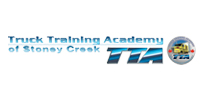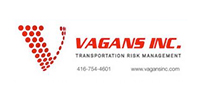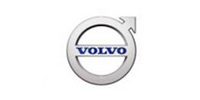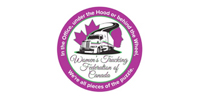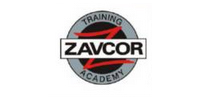Private Motor Carrier is pleased to present a roundtable discussion with the past Private Fleet Safety Award Winners. The participants discuss their companies and the ways in which they improve road safety, especially where they exceed National Safety Code requirements, and promote best practices in private fleet safety management.
Michael Buna
Senior Director (National Fleet), Walmart Canada
Jim Dimech
Director of Distribution, Linde Canada
James Johnstone
Head of Transportation, Giant Tiger
Jason Libralesso
Director of Transportation, Home Hardware
Steven Nicholson Fleet Safety Manager, John Deere Canada
Can you share some of the critical safety initiatives implemented within your fleet that you believe contributed significantly to winning the PMTC-Aviva Private Fleet Safety Award?
MICHAEL BUNA –By simplifying, standardizing, and personalizing safety through our Occupational Health and Safety program, we continuously move towards a culture of ‘safety by choice.’ This program introduces learning concepts utilizing both cognitive and emotional approaches and blends them into a transformational educational experience that relates to our drivers. This, along with the improvement in coaching effectiveness, has significantly improved critical behaviours.
JIM DIMECH – All Linde Canada drivers must have five years of Class 1 driving experience and three years of tanker experience with a clean driving abstract. They must also complete Linde Canada’s Professional Product Delivery Driver program, which involves two weeks of in-class training and a minimum of four weeks of practical on-the-road training. This training is then repeated every three years for all drivers.
All Linde tractors also include fleet safety technology, which features collision mitigation, roll stability, speed detection, and outward-facing cameras that trigger events when at-risk driving behaviours are detected. Those at-risk behaviours contribute to a driver scorecard that identifies high-performance drivers whom we like to recognize for their safe driving behaviours. On top of this, all drivers must undergo a minimum of two job site observations and two ride-alongs per year to track performance and training opportunities. We also train our drivers on fatigue management and help them better understand the science of sleep.
JAMES JOHNSTONE – We prioritize ongoing driver training to ensure our drivers have the necessary skills and knowledge to operate vehicles safely. Additionally, regular maintenance checks, adherence to strict maintenance schedules, and on-site maintenance facilities help ensure that our vehicles are in optimal condition, reducing the risk of accidents due to mechanical failures. Furthermore, we have invested in advanced safety technologies such as collision avoidance systems, lane departure warnings, and telematics to assist drivers in avoiding potential hazards on the road.
By fostering a strong safety culture within our organization, where safety is everyone’s responsibility, we have effectively promoted safe practices and behaviours among our team members. These initiatives have played a crucial role in our commitment to prioritizing safety within our fleet operations and have contributed to our success in winning the award.
JASON LIBRALESSO – Our drivers take pride in the equipment they operate. Our fleet has a very visible presence, and our drivers know it. We are fortunate to have a ‘one-truck, one-driver model,’ and drivers take full ownership of their trucks and their lifecycles. They know their equipment and proactively address any safety concerns, as any issue can affect their performance.
STEVEN NICHOLSON – We heavily rely on the data feed from our vehicles, utilizing safety monitoring tools such as fleetmetric, a scoring system that monitors and identifies at-risk drivers. This also allows us to monitor and track critical identifiers such as speeding, harsh braking, idle, and HOS violations. We also utilize a proactive vehicle maintenance schedule to ensure all vehicles are in optimal condition with the help of an onsite mechanic who understands the dynamics of our operation and the overall application of the fleet.
Our fleet has dedicated routes and schedules, giving us a huge advantage in predicting hazardous traffic patterns and roadways, creating proper analysis, and strategically avoiding areas that put us at risk. We maintain open communications with drivers daily to ensure they receive updates on any changes to safety measures while encouraging feedback that will influence future safety directives.
How do you prioritize safety within your fleet operations, and what measures do you take to ensure a safety-first culture among your drivers and staff?
MICHAEL BUNA – We promote a culture of zero harm to people, our associates, and the communities we operate in. Our team personalizes safety procedures for all our associates; when having coaching conversations or impromptu hallway talks, they reside in a genuine, interdependent, and unwavering culture of leadership and ownership.
JIM DIMECH – Safety and compliance are central to everything our distribution team does every day. While safety may seem like a line management responsibility, we genuinely believe it also starts from the top. The core of this is the principle that if a job cannot be done safely, then our staff are obligated to stop the job. Also, all accidents and incidents are to be reported, and for those incidents, a root cause analysis with appropriate actions is completed to help prevent them in the future. ‘Near Miss’ programs are also in place to report all potential incidents with a similar premise.
JAMES JOHNSTONE – Safety within our fleet operations is a top priority for us. We have implemented a range of measures to promote a safety-first culture among our drivers and staff. We provide ongoing training to our drivers on safe driving practices, defensive driving techniques, and compliance with safety regulations. We utilize advanced technologies such as telematics and GPS tracking to monitor driver behaviour, vehicle location, and adherence to safety protocols. Last but not least, we encourage open communication channels for drivers and staff to report safety concerns, near misses, or any potential hazards they encounter on the road.
JASON LIBRALESSO – Our hybrid in-sourced maintenance has been our strength. Drivers and our mechanics can collaborate to resolve safety concerns quickly and keep equipment downtime to a minimum. In addition, we monitor telematics performance data and can scorecard and follow up on events that exceed our thresholds.
STEVEN NICHOLSON – Our safety department works in tandem with dispatch. We collaborate daily on fleet concerns to ensure safety and compliance guidelines are met. We provide real-time feedback to our drivers on safety-related issues, and if needed, remedial training is offered based on their metrics.
A sustainable safety culture starts on day one with the pre-employment road test. As a former MTO truck examiner, I conduct the tests based on ministry standards. We follow clear and concise safety policies and procedures that reflect the long-standing history of the John Deere private fleet. This allows us to focus on our strict expectations of not just drivers, but also support staff.
What role does technology play in enhancing safety within private fleets, and what technological advancements have you embraced to improve safety performance?
MICHAEL BUNA – Technology plays a massive role in enhancing safety both on a reactive and proactive front. Within our operations, we have adopted many technological improvements, from collision avoidance systems, driver assist capabilities, outward-facing cameras, and telematics, amongst others. Technology not only aids drivers in real-time but enables us to have a reactive coaching conversation and risk mitigation analysis. Technology gives us access to real-time examples that we can celebrate, whether it’s driving through critical events or video footage of defensive driving; celebrating our drivers is essential to instilling a safety culture.
JIM DIMECH – Technology is an important part of our safety program. It has demonstrated that it can be an engineered fix (roll stability, for example) to prevent incidents due to human error. However, technology is only one part of a strong safety program. As mentioned, all our tractors have fleet safety technology, including roll stability, governance to 100 km/h, onboard computers with telematics, forward and inward facing cameras with fatigue and distraction detection, lane departure warnings, ABS, and collision mitigation.
JAMES JOHNSTONE – Technology is crucial in enhancing safety within private fleets by providing real-time monitoring, data analysis, and predictive capabilities. We have embraced a fully integrated telematics system to track vehicle location, the status of various vehicle systems, speed, and driver behaviour in real time, allowing our fleet safety officer to promptly identify and address unsafe driving practices. The vast majority of our fleet has been equipped with the latest collision avoidance technology with features like lane departure warnings, automatic emergency braking, and blind spot detection to help prevent accidents and reduce the severity of collisions.
JASON LIBRALESSO – Given our operational requirements, getting all our drivers together in a meeting room for safety training has always been challenging. We shifted to a digital platform that could issue safety training modules directly to the driver’s onboard devices. This format allows flexibility in having drivers complete their training at their convenience and provides us with improved visibility of the driver’s comprehension of the training.
STEVEN NICHOLSON – I believe there is no greater role for technology in private fleets than the application of safety. Private fleets have enjoyed the privilege of predictability in terms of numbers, smaller fleet sizes, operating costs, and lower turnover rates. Since the early onslaught of old-school technology, such as AOBRD (automatic onboard recording device – circa 1988) and something as primitive as ABS, fleets have become far safer and naturally compliant year after year. In some cases, our fleet-specific technology, married to our data feed, has solidified our narrative of a bad actor and, sometimes, given equal weight to the exoneration of a good one.
To improve our safety performance, we have invested in the latest safety-related technologies, such as collision avoidance systems, radar cameras, telematics, and real-time GPS monitoring. We now have more of a partnership than just a relationship with our vendors, which ultimately creates and fosters a proactive atmosphere where we exchange each other’s technologies and data, promoting a vested interest in being safe.
Collaboration with drivers is often crucial in maintaining a strong safety record. Could you elaborate on how you engage with your drivers to promote safety awareness and encourage their active participation in safety programs?
MICHAEL BUNA – We try to make safety as personable as possible by bringing safety forward in every conversation and try to make it relatable to our drivers and their personal values. Our ‘W Care’ (pronounced “we care”) program simplifies and personalizes safety. It includes things such as our golden safety rules, fatigue management systems, recognition programs, and a driver personal safety program.
JIM DIMECH – We continuously practice safety as a culture with a series of programs to help elevate the use of safety amongst our drivers. This includes the Million Mile Safe Driver program, the Near Miss program, the Eyes On program, and our monthly safety meetings.
JAMES JOHNSTONE – Establishing open communication channels with drivers is key to promoting safety awareness and encouraging active participation in safety programs. We achieve this through regular touchpoints with drivers, training sessions, and collecting open and honest feedback to discuss safety protocols, address concerns, and reinforce the importance of safe driving practices. Additionally, recognizing and rewarding safe driving behaviours will motivate drivers to prioritize safety and actively engage in safety initiatives. We have built a culture of safety where drivers feel valued and supported in prioritizing safety, which can further enhance collaboration and contribute to maintaining a best-in-class safety record.
JASON LIBRALESSO – We reward our drivers for their safety performance. All incidents are reviewed by a committee of their peers facilitated by our Fleet Safety Manager. Their input is valuable as they are the team that can relate to the challenges on the road. Their feedback is essential for insights on how incidents can be prevented. We celebrate all safe driving achievements at our annual transportation banquet and provide recognition of continuous milestones.
STEVEN NICHOLSON – We utilize an online fleet messaging system to send picture/video messages and an anonymous mailbox for safety concerns. This year, we will have at least three driver safety meetings, allowing both in-person and online attendance. Many of our safety procedures and protocols are based on our drivers’ feedback and opinions. We have an open dialogue and forum for ideas and creative criticism, which gives our drivers a pathway to validating their thoughts and ideas.
Beyond compliance with regulatory standards, what proactive steps do you take to identify and mitigate potential safety risks within your fleet operations, particularly in light of evolving industry trends and challenges?
MICHAEL BUNA – We use our data analytics groups to proactively look at historical trends in areas such as speeding, following distance, rolling stops, and more to help shape coaching opportunities. In addition to this, we also provide preventative programs to support drivers in areas outside of driver behaviour coaching.
JIM DIMECH – Our in-house driver scorecard uses an onboard computer, as well as forward and inward-facing cameras, to identify at-risk events or behaviours. This allows our support teams to assess who or what we need to focus on for future situations. When those opportunities are identified, we can sit with the driver and access those videos to help improve driving performance. We are also looking into motor vehicle AI technology to better determine if/when a driver is at risk while on the road, such as distracted or fatigue detection. This way, a driver can get support before they are at risk of a significant incident.
JAMES JOHNSTONE – Regular risk assessments, safety audits, and data analysis through connected vehicles have helped identify emerging trends and potential areas of concern. Since implementing advanced telematics systems, we have real-time insights into driver behaviour and vehicle performance, allowing for early detection of safety issues. Collaborating with industry experts such as our peers at the PMTC, participating in safety forums, and staying informed about evolving trends and challenges have helped proactively address safety risks. By continuously evaluating and updating safety protocols and investing in training programs to equip drivers with the necessary skills and knowledge, we have managed to stay ahead of potential risks and ensure a safe operating environment.
JASON LIBRALESSO – It starts with our hiring process. Candidates can have an excellent safety record on their resume, but their attitude toward safety is what we value most. We screen candidates based on their thoughts about safety culture and how they have contributed in prior roles. Our first road test with them provides us critical insights into a driver’s behaviour and habits to assess if they will be a good fit. The road tests are performed with the person they will report to, making them a stakeholder in a future driver’s performance. In addition, we pair new drivers for several weeks with senior drivers who have demonstrated our standards consistently over time and seek their input for coaching opportunities.
STEVEN NICHOLSON – Education and awareness. At our safety meetings, I will discuss and focus on changes within our industry, paying special attention to recent lawsuits and/or changes that can impact our fleet. Drivers are taught that something as simple as a broken turn signal bulb can result in a fatality, a lawsuit, and, ultimately, the inability to conduct business.


